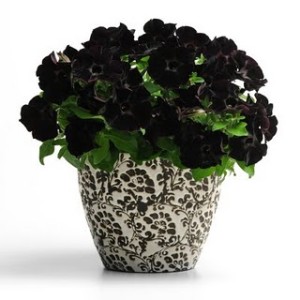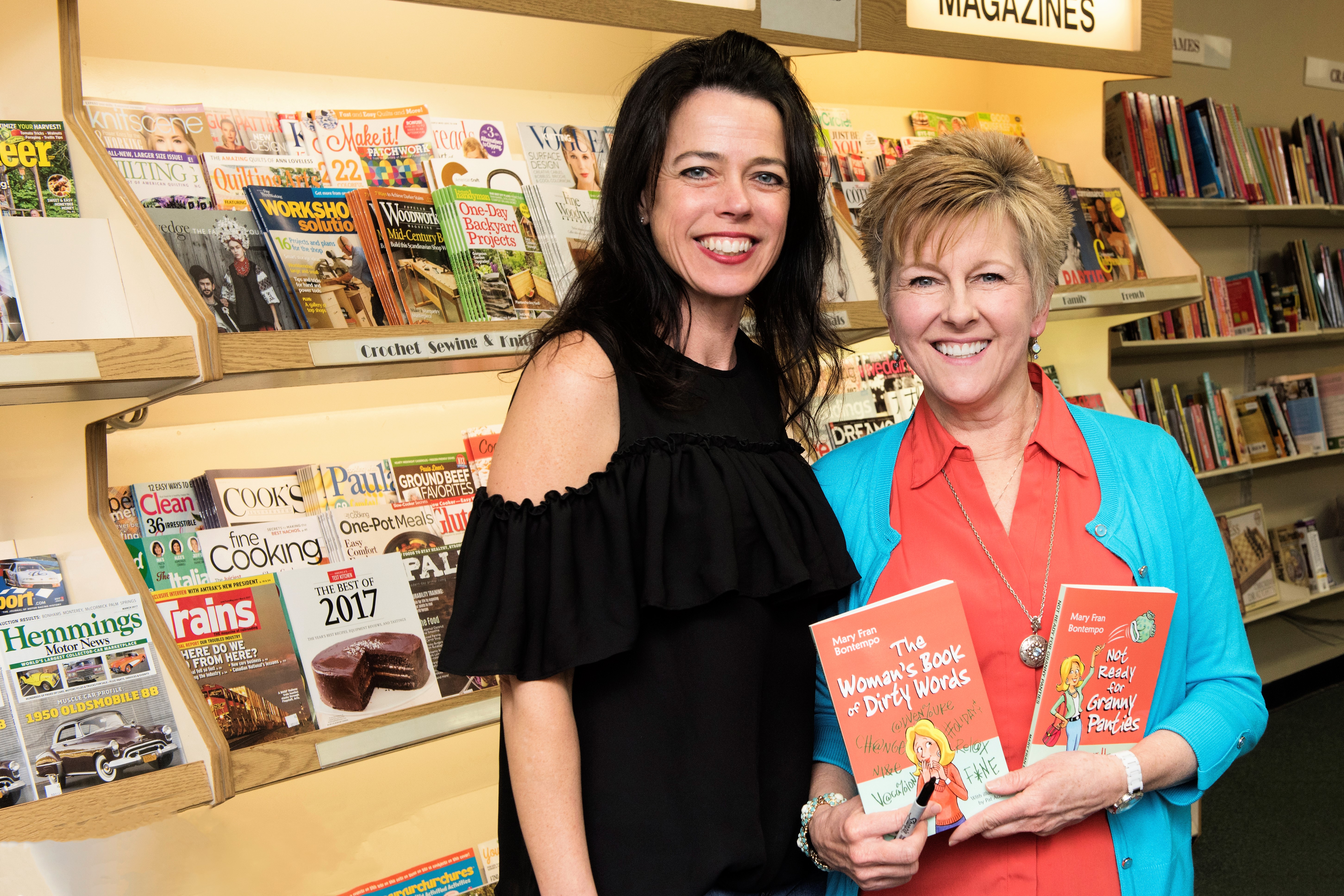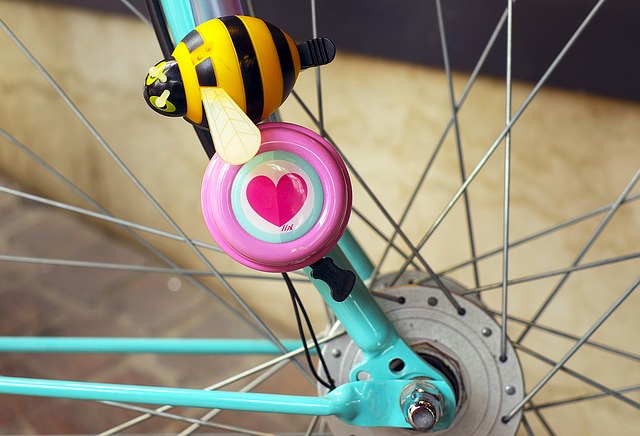By: Chrysa Smith
 Despite the runny nose and sneezing, this is my favorite time of year. Because now that the weather has improved I can spend time out in my yard planting and admiring my garden.
Despite the runny nose and sneezing, this is my favorite time of year. Because now that the weather has improved I can spend time out in my yard planting and admiring my garden.
Several years back, when the economy brought us some success, we turned our attention to our boring backyard. We hired a landscape designer to install a hot tub, deck and surrounding landscape that brought us some year-round beauty and privacy from the one neighbor who could actually see our yard. In springtime, it’s stunning, as all of the shrubs begin to bloom in shades of pinks, purples and white.
With several years of adding annuals to keep the blooming going throughout the hot summer months, I think this year, I finally got it right. After picking out all of the usual common summer plants, like Geraniums, Verbena, Phlox—every year in a new color combo, I have decided to stick to the color combo of my shrubs (pink, purple and white) and kick it up a notch with plant varieties and structure.
I do admire the English Country Garden look with lots of colors, shapes and sizes all going on at the same time. But it takes some savvy to produce a garden that looks like an English Garden, and not just a mish-mosh of flowers, that by themselves, are perfectly beautiful creations—but together, look literally like an unmade bed.
So, my non-professional floral advice is similar to fashion savvy—pick a few shades that enhance the look of your existing garden, (don’t forget your house color), and find a variety of plants in those shades to plop in the flower bed or plant in pots. It will make the entire landscape look unified—as though designed by a pro. Also, think about this:
• Like a grouping of items on a tabletop, use varying heights to draw your eye from high to low, or low to high. For a potted arrangement, begin with a plant that might be 8 inches, then move upward to 10 or 12 inches, then 18. It will make the pot much more interesting.
• For height, a ‘spike’ or some willow branches stuck into a pot make it look great. Willow can even take root in a pot and begin to sprout some pretty green leaves that add more diversity to your plantings.
• Make sure you plant the right plants in the right conditions: Full sun, part shade, shade. Usually most flowering varieties require full or at least part sun. For shady areas, your best bets are Impatiens, Coleus, Fern and Caladium.
• To soften a pot, add something that will drape over the sides: Ivy, Sweet Potato Vine and a variety of other ‘trailers’ can serve much like a scarf on an outfit–a nice finishing touch.
Of course, as my Interior Design teacher told us, there are no hard and fast rules. Sometimes, there are structures and colors that don’t follow the rules, which just look darn good together. So go for it. Yesterday, while at a nursery, I saw a new variety of petunia: it’s black. At first, I thought of The Adams Family or Darth Vader—who wants black flowers? The nursery woman told me how striking it can be with certain color combinations of other plants. I suppose she’s right. A pot of red, white and black flowers against a white or gray house? Or in just the right black and white pot? Quite dramatic.
So when you have a moment, need something beautiful to lift your mood or your day, drop in at a nursery and see what’s new. There’s nothing like planting a pretty patch to wake up to, observe out your window, cut for your dining room table or snip for your kitchen windowsill—no matter what the weather.







Leave A Comment